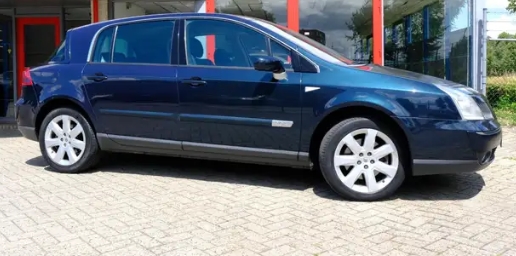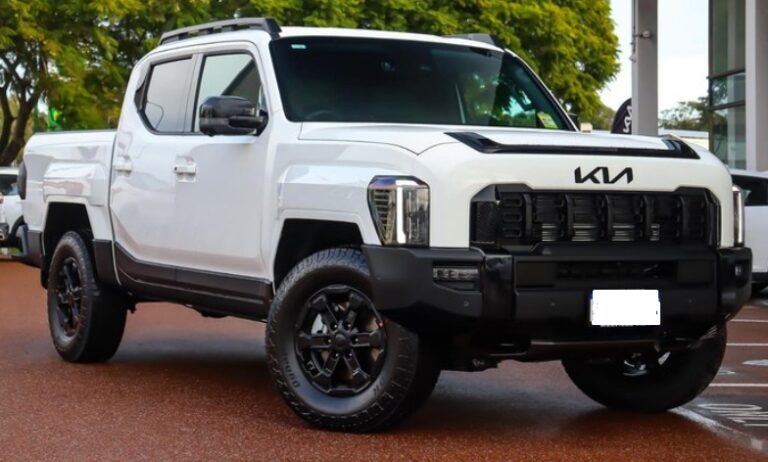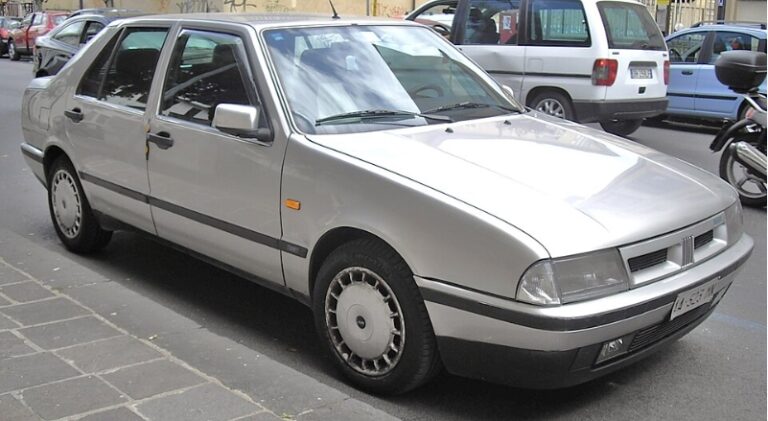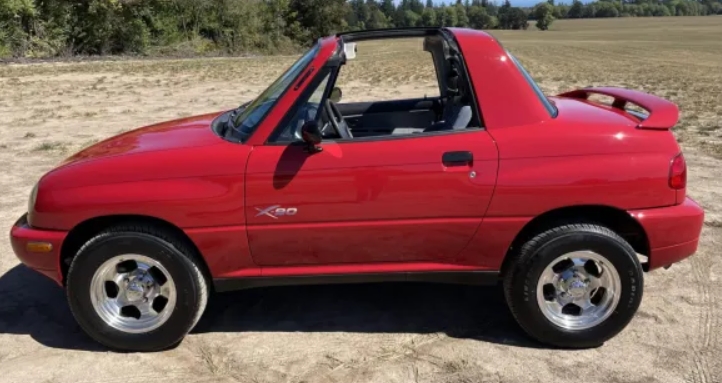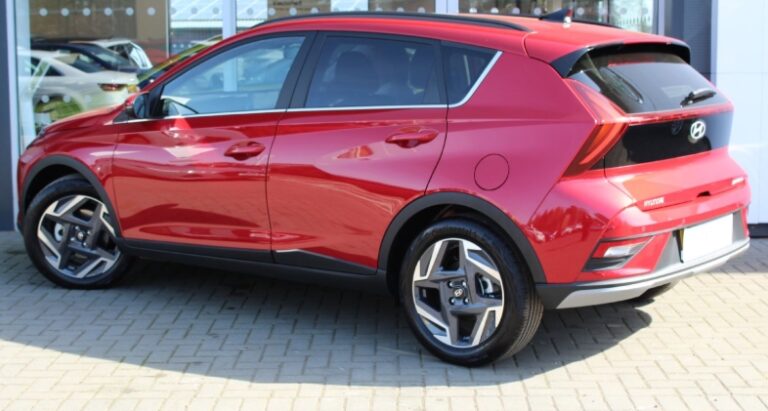The Evolution of the Subaru Exiga
The Subaru Exiga represents a unique chapter in Subaru’s history, blending practicality, versatility, and the brand’s signature all-wheel-drive capability in a mid-size crossover SUV. Introduced as a vehicle tailored for active lifestyles and family needs, the Exiga’s development and variations over the years reflect Subaru’s commitment to innovation and customer preferences. This article traces the journey of the Subaru Exiga from its inception to its discontinuation, detailing its production years, models, and trim levels.
Introduction and Origins (2008–2012)
Launch and Market Positioning
The Subaru Exiga was officially unveiled at the 2007 Tokyo Motor Show and launched in Japan in 2008. It was designed primarily for the Japanese domestic market (JDM) but was also available in select Asian markets. The Exiga was positioned as a seven-passenger crossover SUV, combining the practicality of a minivan with the ruggedness of an SUV, catering especially to families and active individuals.
Design and Platform
Built on Subaru’s Subaru Global Platform (SGP), the Exiga shared its architecture with other Subaru models like the Legacy and Outback, emphasizing safety, stability, and driving dynamics. Its design featured a boxy yet modern silhouette, with a focus on interior space and comfort.
First Generation Subaru Exiga (2008–2012)
Production Years
- Japan: 2008–2012
- Global Markets: Primarily Japan, with limited exports to Asia
Model Variants and Trim Levels
During its production run, the Exiga was offered in various trim levels, typically differentiated by features, engine options, and equipment packages. The main trims included:
- Exiga 2.0i (Base)
- Exiga 2.0i L Package
- Exiga 2.0i S Package
- Exiga 2.0i Special Edition
- Exiga 2.0i EyeSight (introduced later in the run)
Engine Options
- 2.0-liter Boxer Four-Cylinder Petrol: The standard engine across most trims, delivering around 150-155 horsepower.
- 2.0-liter Boxer Diesel: Available in some markets, primarily in Japan and other Asian countries, offering better fuel economy.
Transmission Options
- 5-speed Manual Transmission
- 4-speed Automatic Transmission
- CVT (Continuously Variable Transmission): Available in later models or specific trims.
Features and Equipment
Higher trims like the S Package and L Package included features such as:
- Leather upholstery
- Power-adjustable seats
- Sunroof
- Upgraded audio systems
- Navigation systems
- Subaru’s EyeSight Driver Assist Technology (introduced in later models)
Mid-Cycle Refresh and Updates (2010)
In 2010, Subaru issued minor updates to improve the Exiga’s appeal:
- Exterior tweaks: Slightly revised grille, headlights, and taillights for a modern look.
- Interior enhancements: Improved materials and added features like Bluetooth connectivity.
- Safety updates: Introduction of Subaru’s EyeSight system in some models, enhancing driver assistance with adaptive cruise control and pre-collision braking.
Discontinuation and Transition (2012)
By 2012, the Subaru Exiga was discontinued in Japan, largely replaced by other Subaru models such as the Subaru Outback and Legacy, which offered similar practicality and versatility with updated styling and technology.
The Subaru Exiga in the Global Context
While primarily a Japanese domestic model, the Exiga’s concept and design influence were observed in markets like Australia, Indonesia, and some Southeast Asian countries, where Subaru promoted its practicality and AWD capabilities.
Subaru Exiga in Other Markets
- Australia: The Exiga was available briefly as a niche model, competing with other mid-size crossovers.
- Southeast Asia: It was occasionally offered through import channels, mainly targeting customers seeking a spacious, AWD-capable vehicle.
Key Features and Technological Innovations
Throughout its production, the Exiga was notable for several technological features:
- All-Wheel Drive (AWD): A Subaru hallmark, providing enhanced traction and stability.
- Symmetrical AWD: Ensured balanced power distribution for superior handling.
- Safety Features: Including Anti-lock Braking System (ABS), Vehicle Stability Control (VDC), Traction Control System (TCS), and multiple airbags.
- EyeSight Driver Assist Technology: Vision-based system that used stereo cameras to monitor traffic and assist in adaptive cruise control and collision avoidance.
.
THIS might be a great place to get your new car from!
Or for those who are into the “car flipping” business, here’s an excellent resource for you!

.
The End of Production and Legacy
After its discontinuation in 2012, Subaru shifted focus toward models like the Outback, XV (Crosstrek), and newer crossover SUVs, which incorporated the latest design and safety technologies. Despite its limited production run, the Exiga remains a noteworthy model for Subaru enthusiasts and those appreciating a practical, spacious crossover with AWD capabilities.
Summary of Models and Trim Levels (2008–2012)
| Year Range | Main Models/Trim Levels | Notable Features |
|---|---|---|
| 2008–2010 | 2.0i, 2.0i L Package, 2.0i S Package | Basic to mid-range trims with manual/automatic options |
| 2010–2012 | 2.0i, 2.0i EyeSight, Upgraded trims | Introduction of EyeSight, minor styling updates |
Conclusion
The Subaru Exiga exemplifies Subaru’s commitment to creating versatile, dependable vehicles tailored for active lifestyles and family needs. Its production span from 2008 to 2012 saw a steady evolution in technology, safety features, and styling, culminating in a model that, while limited in its global reach, left a lasting impression on fans of Subaru’s crossover lineup. Though no longer in production, the Exiga’s blend of practicality, AWD capability, and innovative safety features continue to underscore Subaru’s reputation for building reliable, adventure-ready vehicles.


